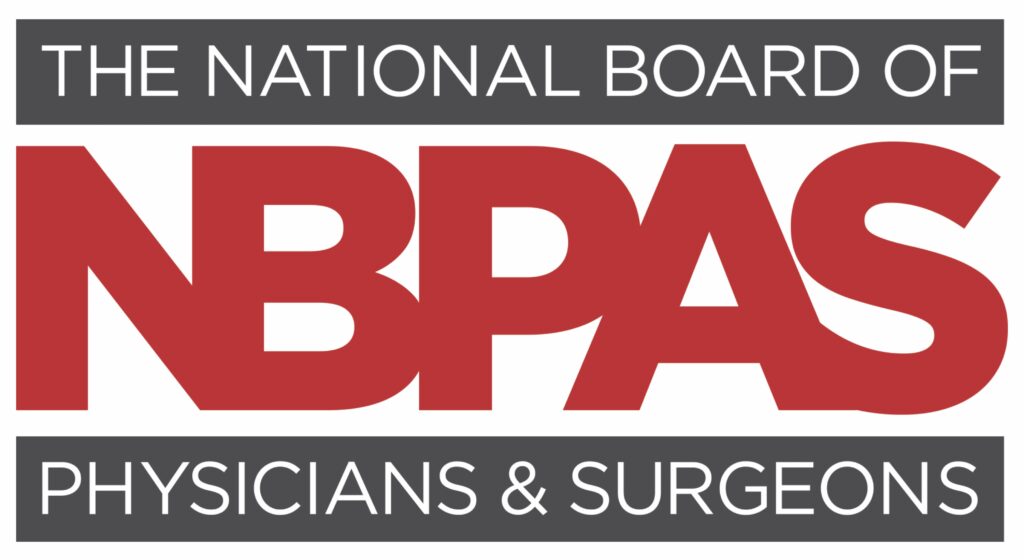Sugar cravings: Arguably one of the most common hurdles dieters overcome in their efforts to lose weight and establish better, more health-conscious dietary habits. Knowing how to overcome them can be one of the most significant factors in the success of any dietary modification program.
Sugar has poor nutrient density and supplies us with almost nothing beyond calories. It is considered a high glycemic-index food, meaning that it quickly increases your blood sugar and subsequently, insulin levels. This rapid spike is followed by an opposite drop in blood sugar that results in hunger and cravings anywhere from two to four hours after the ingestion of not just sugary treats, but their refined carbohydrate relatives like breads, pastas, cereals, and processed foods. I always remind patients that something doesn’t necessarily have to be sweet to be sugar.
At Weightloss®, elimination of refined, high-glycemic index carbohydrates is necessary in the early stages of the program and patients often experience a pseudo-carbohydrate “withdrawal” for a period of a few days up to a few weeks. This is normal and expected. Patients who meet certain weight and health criteria are able to utilize an FDA-approved prescription appetite suppressant in addition to the ongoing weekly dietary counseling, education, and support they receive.
Protein is important – have it at every meal!
Weightloss patients are prescribed a customized dietary program rich in adequate protein based on their body composition from sources like lean meat, fish, eggs, and a limited amount of dairy. Adequate protein is critical in achieving long-term appetite satisfaction.
Fat is your friend!
Good sources of dietary fat are encouraged. These good fats can further promote satiety, or a feeling of fullness after meals. These include a moderate amount of fares like nuts, seeds, avocados, and olive oil.
Eat your vegetables!
Vegetables are a low glycemic-index food and have a minimal effect on blood sugar. They are usually an abundant source of dietary fiber which can also provide you with a longer feeling of fullness. Vegetables provide several essential nutrients and research has shown that a deficiency in many of these nutrients can lead to sugar cravings.
Drink up – hydration is beautiful thing!
Patients are encouraged to drink adequate non-caffeinated fluids. Thirst is often confused for hunger. Keeping your body hydrated is proven to act against headaches while improving focus and memory. The more tired and unfocused you are, the more likely you are to succumb to cravings for sweets or high-calorie indulgences.
Sugar substitutes can be dangerous – and addictive!
A sugar substitute is any food additive that duplicates the taste of sugar, but not the calories. Sugar substitutes can have sweetness profiles that are hundreds and hundreds times greater than table sugar. This gives your brain the sensation of intense sweetness that can leave your body pining for that sugary, syrupy sweetness, resulting in uncontrollable sugar cravings and even an addiction to the sweeteners themselves. In the United States, six sugar substitutes are approved for use: stevia, aspartame, sucralose, saccharin, neotame, and acesulfame potassium. Read labels and use them in sparingly!
Listen to your gut!
The digestive tract is a good indication of overall health. The bacteria that inhabit your gut play a vital role in the absorption of vital nutrients, digestion of carbohydrates, management of your immune system, regulating your sleep cycle and many, many more. The dietary changes patients implement promote the growth of good intestinal bacteria and inhibit the overgrowth of yeast, which can flourish in a diet high in refined sugars and flours. Patients are often counseled in the management of chronic constipation, diarrhea, reflux, and many other gastrointestinal conditions that can be related to diet. Patients sometimes use a probiotic to replenish health-promoting bacteria in the gut.
Get more sleep – no really, do it!
Sleep is absolutely crucial for proper hormonal function, blood sugar regulation, and overall good health. Patients are counseled about the importance of getting at least 7-8 hours of sleep in a pitch black room. Lack of sleep can trigger negative hormonal responses and increase sugar and carbohydrate cravings.
Reduce stress – Easier said than done, I know!
Stress will alter hormones that regulate your appetite, impair your gut health and lead to increased cravings. We recognize that it may not be possible to eliminate stress entirely, but we can help manage stress and educate them on the negative impact it has on their overall well-being.
Set yourself up for success, not failure!
I tell our patients to pay attention to their habits and surroundings. Keep a diary of when and where you crave sugar. You’ll see patterns develop and you can modify behavior accordingly. Many patients struggle with evening sugar cravings but don’t realize the impact mindless TV watching and exposure to food commercials has on them. Read a book in the evening instead. It’s much harder to think about food when you’re concentrating on what you’re reading.
Avert, avert!
Aversion works for many of our patients. Develop a list of things you could do when you have a sugar craving. Make them brief, simple tasks that you are likely to do, like calling your grandmother, sending an old friend an email, vacuuming your living room, or cleaning a junk drawer. Keep one list at work and one at home. Completing a simple task can avert your mind long enough to kick a sugar craving completely.
The less often you succumb to sugar cravings the less often you’ll have them. Overall, learn to listen to your body. Identify what your true hunger signals are and be cognizant of what you’re eating. Is it healthy and nutritious for your body? Will it give you energy or cause a sugar crash? If you submit to temptation, don’t get discouraged. Make a fresh start tomorrow and set small goals for yourself until you can ultimately shake the sugar habit. Stay positive, proactive and mindful. Oh, and have a great New Year!
By Tara L. Parr, MPAS, PA-C

